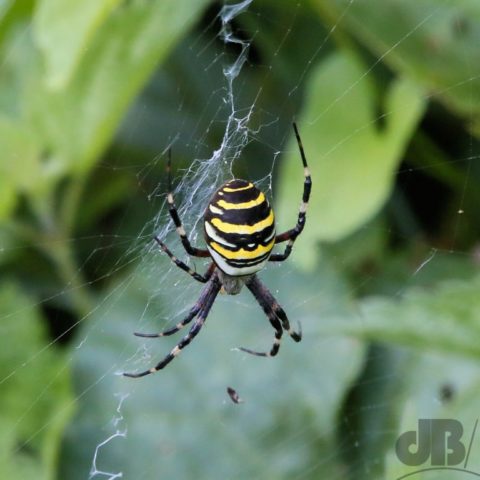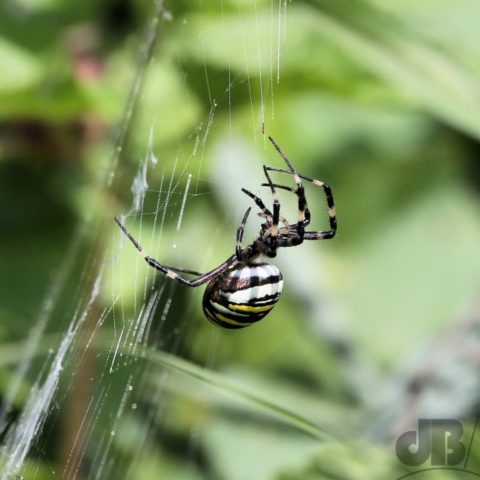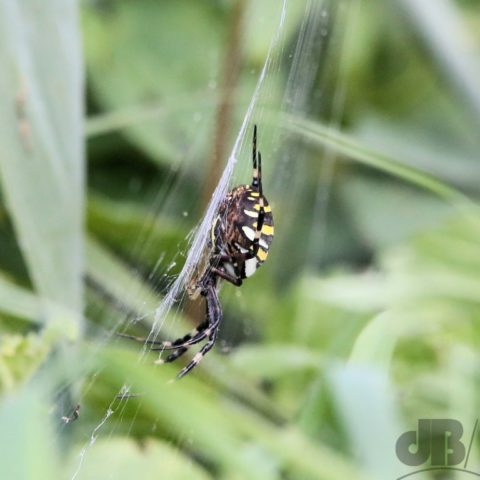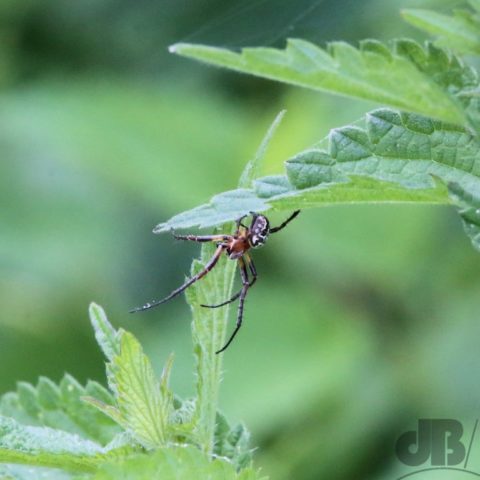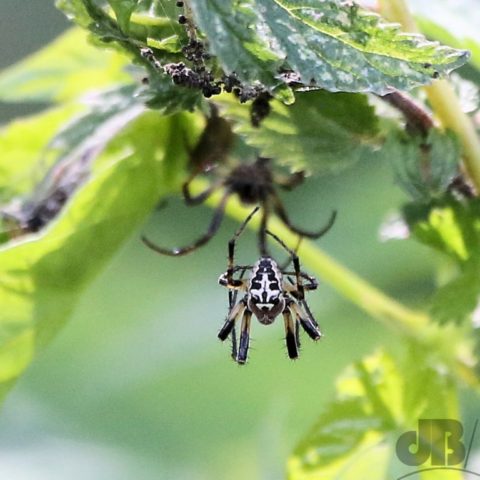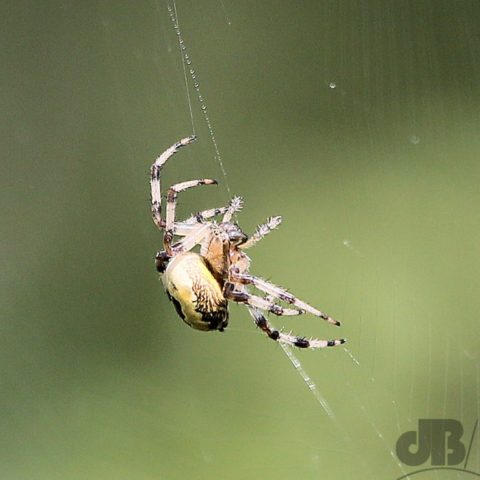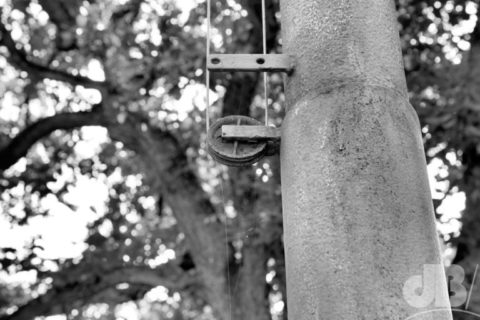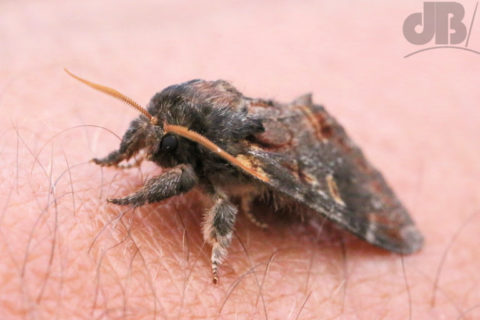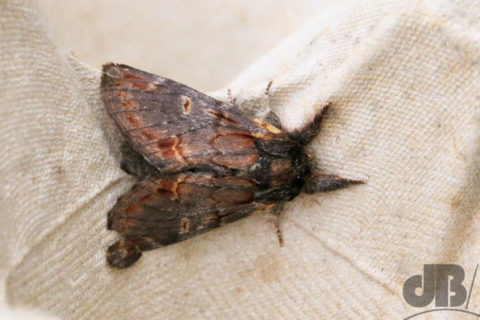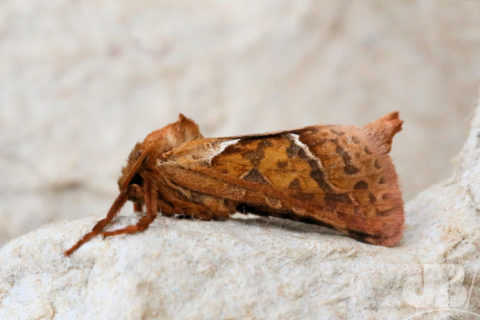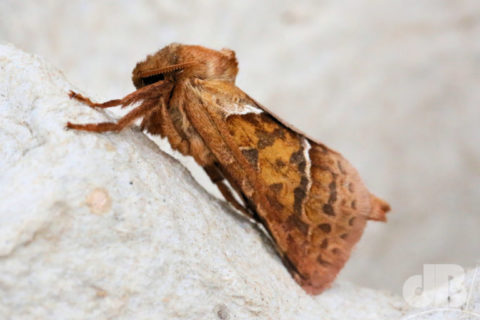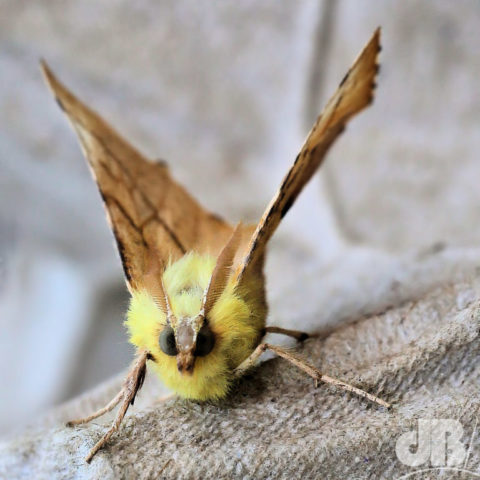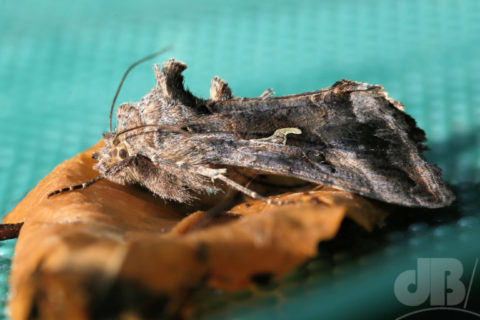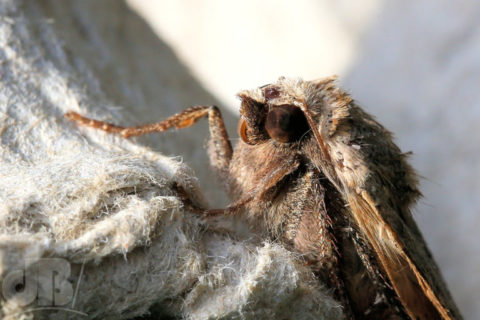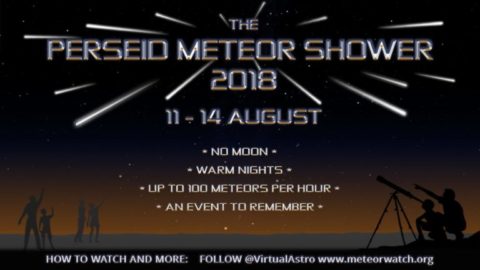We visited RSPB Lakenheath for the first time back in snowy February. They were just setting up a photography hide with naturalistic perches and feeders and a reed bed for Bunts, Tits, Kingfishers, and the like. In fact, first shot I got there was of a beautiful Kingfisher who popped in stared at the camera and disappeared within the space of about ten seconds. This visit, we had numerous Tits (Great, Blue, and Marsh), Reed Bunts, Goldfinches, and a few others, and a male Great Spotted Woodpecker, but did no spotted Kingfisher at this site this time.
Below Little Egret (Egretta garzetta)Â fishing
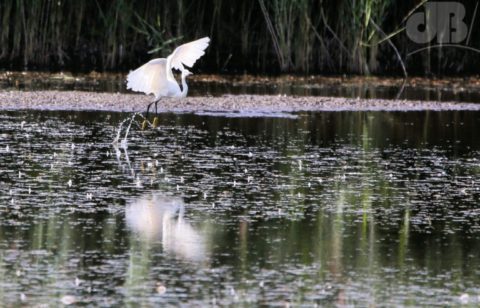
Great Tits (Parus major) feeding
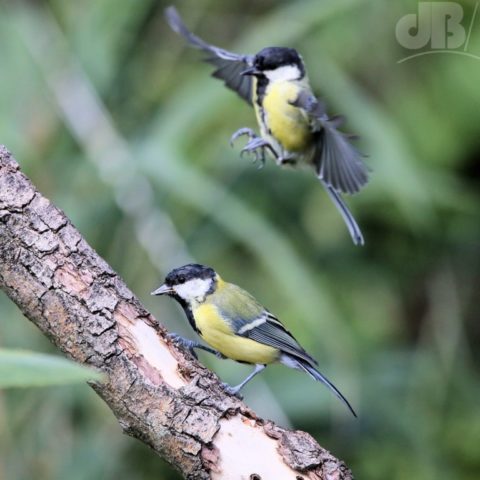
Reed Bunting (Emberiza schoeniclus) bunting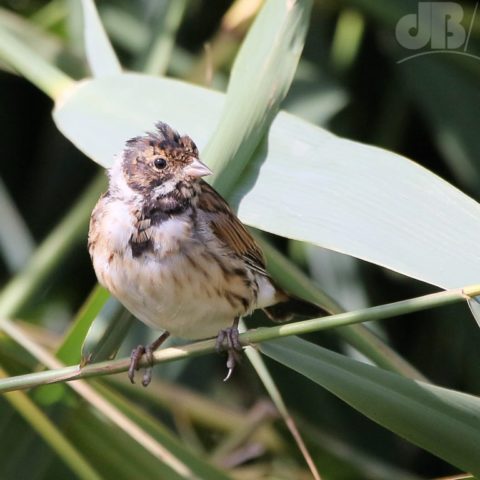
Juvenile Goldfinch (Carduelis carduelis) just starting its facepainting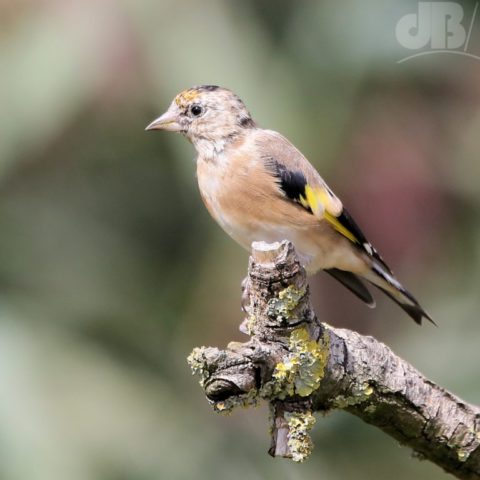
There were plenty of caterpillars of Aglais io, the European Peacock, writhing on a nettle patch near New Fen Hide at RSPB Lakenheath. They are late, as this species usually lays eggs in June from which caterpillars soon emerge. Despite their defensive spines, many of them are eaten by parasitic wasps.
Meanwhile, we also saw all three of the site’s celebrity spiders: Wasp Spider, Crowend Orb Weaver, Marbled Orb Weaver. More about those in this post. But missed the Common Heath butterfly (plenty of Small and Large Whites, and one Comma).
The Toadflax (Butter and Eggs plant, Linaria vulgaris) was dying off but there were a few flowers still in bloom
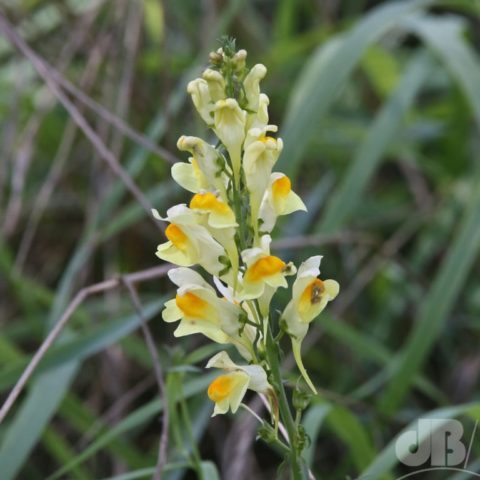
There were countless airborne dragonflies and quite surprising not to see the local Hobbies (Falco subbuteo) chasing and eating this fast food supply, especially those distracted by their mating rituals.
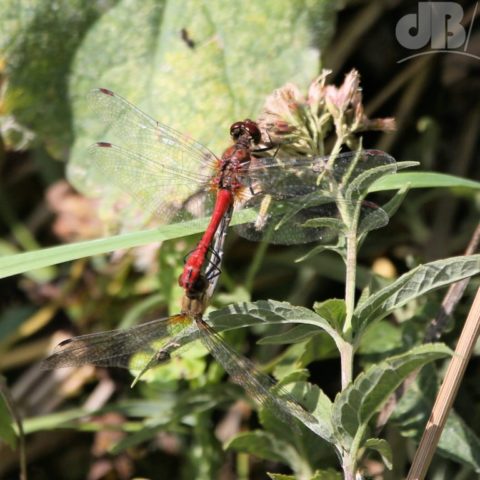
More snaps from today’s trip to RSPB Lakenheath here.
